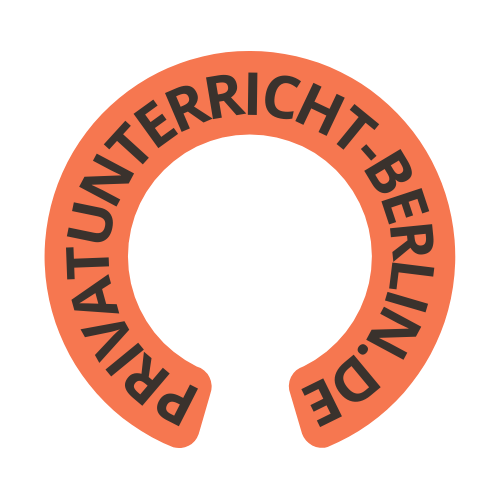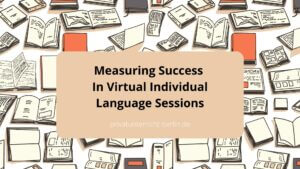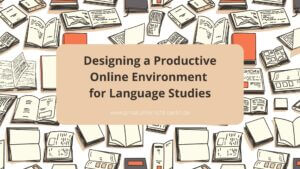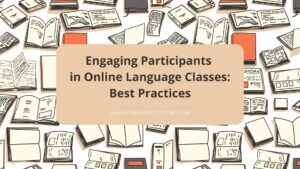Your Language Journey, Your Way: Start with a Private Tutor
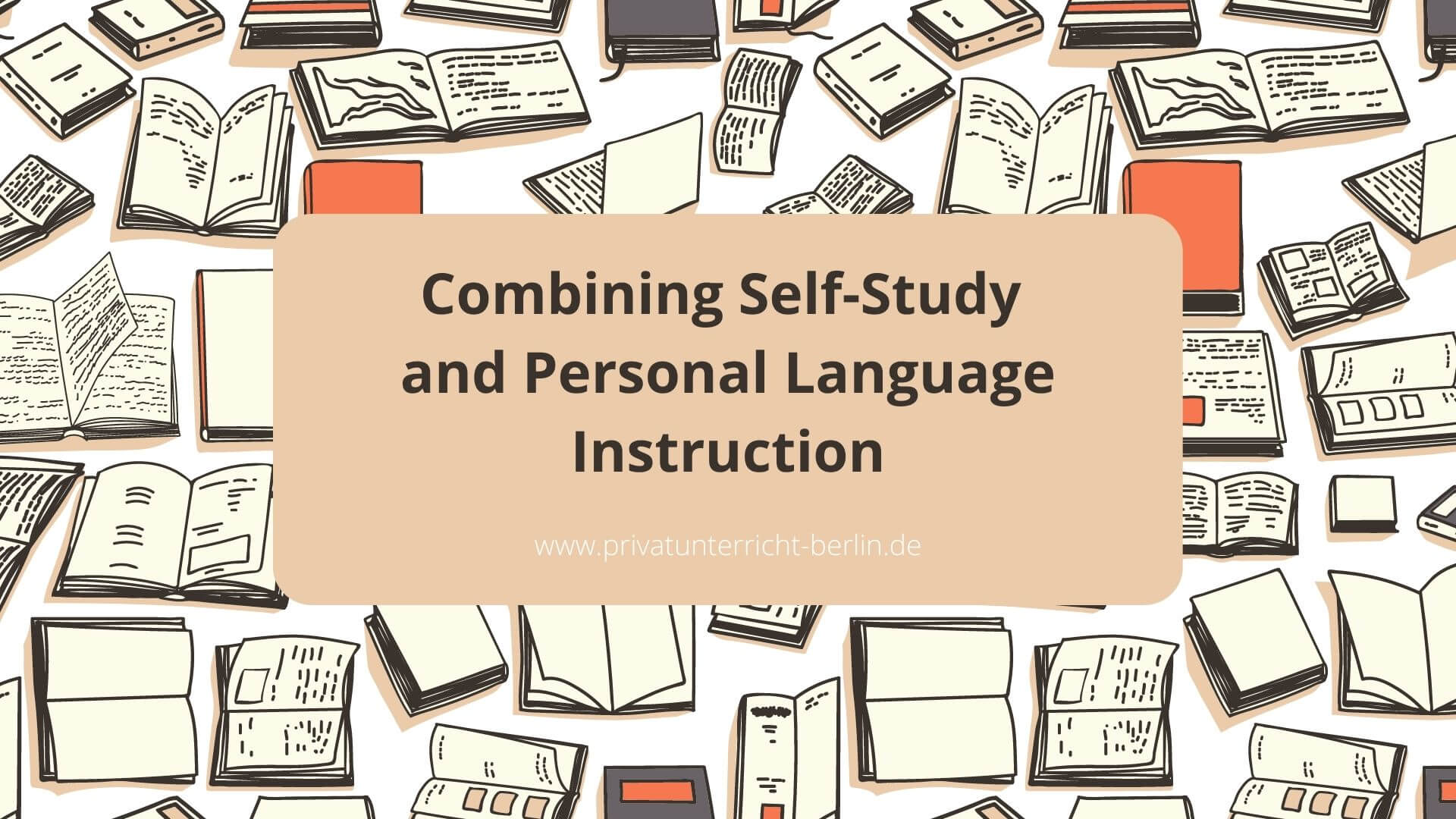
Combining Self-Study And Personal Language Instruction
Are you looking to learn a new language but need clarification on whether self-study or personal instruction is the best approach? The truth is that both methods have their advantages and disadvantages.
However, with the right combination of self-study and personal instruction, you can achieve optimal results in your language learning journey.
Self-study provides learners with flexibility and control over their learning experience. It allows them to set their own pace and study schedule.
On the other hand, personal instruction offers an opportunity for personalized feedback, conversation practice, and guidance from experienced teachers. By combining these two approaches, learners can benefit from the strengths of each method while mitigating their weaknesses.
This article will explore how you can combine self-study and personal instruction to maximize your language learning potential.
Table of Contents
Understanding The Benefits Of Self-Study
Regarding language learning, self-study techniques can be a valuable tool for achieving fluency. By taking control of your learning experience, you can choose what and how you learn based on your needs and preferences. This allows you to tailor your study habits to fit your busy schedule while fostering a more profound sense of motivation.
Motivation strategies are essential when it comes to successful self-study. One effective technique is setting achievable goals aligning with your language-learning objectives. Breaking down larger goals into smaller milestones will help keep you motivated by providing regular opportunities for success.
Additionally, incorporating interactive activities like watching TV shows or listening to podcasts in your target language can make studying more engaging and enjoyable. These activities allow you to practice real-life communication skills while immersing yourself in the target language’s culture.
The Advantages Of Personal Language Instruction
Personal language instruction offers many advantages that cannot be obtained through self-study alone. The most significant benefit is the ability to receive customized learning experiences explicitly tailored to your unique needs and preferences.
With personalized instruction, you can choose what areas to focus on, improving your speaking fluency or increasing your vocabulary.
Interactive practice sessions are also integral to personal language instruction, allowing for real-time feedback and correction from a qualified instructor. Unlike studying by yourself, interactive practice sessions provide opportunities for dialogue exchanges where learners can ask questions and receive helpful tips on grammar usage, pronunciation, and sentence structure.
These immersive learning environments help develop learner confidence in using their new language skills in everyday situations outside of the classroom setting.
As important as having access to personal language instruction is finding the right balance for your learning style, this entails combining both self-study with guided assistance from instructors. In the next section, we will explore how you can strike a balance between these two approaches so that you can maximize your language-learning potential efficiently.
Finding The Right Balance For Your Learning Style
As the saying goes, ‘Practice makes perfect.’ However, finding the motivation to practice a new language can be challenging when you’re not seeing progress. That’s where personal instruction and self-study come into play.
Setting goals is crucial in any learning journey, especially regarding language acquisition. Personal instruction provides accountability and guidance toward achieving these goals, while self-study allows flexibility and personalized pacing. Finding the right balance between the two can maximize your progress and motivate you.
First, assess your current skill level and set realistic goals for what you want to achieve in the short- and long-term. Communicate these goals with your instructor so they can tailor their lessons accordingly.
Additionally, utilize self-study resources such as textbooks or online courses to supplement your learning outside of scheduled sessions.
It’s important to remember that language acquisition is a process, and progress may not always be immediately apparent. Don’t get discouraged if there are setbacks or plateaus along the way. Instead, stay motivated by celebrating small victories like mastering a new grammar rule or successfully conversing with a native speaker.
Maximizing your progress with a hybrid approach means taking advantage of all available resources at your disposal. By combining personal instruction and self-study, setting achievable goals, and staying motivated through small successes, you’ll be well on your way to fluency in no time.
Maximizing Your Progress With A Hybrid Approach
Combining self-study and individual language instruction is an effective way to achieve fluency in your target language. Individualized learning plans can be created by working closely with a teacher or tutor who knows your strengths, weaknesses, and goals. Self-study allows flexibility in scheduling and the ability to focus on specific areas where you may need more practice.
Tracking progress is another essential component of this hybrid approach. Regular assessments help determine what areas require improvement and provide motivation as improvements are made. Online tools such as flashcards, quizzes, and audio resources can also supplement traditional classroom materials.
To maximize progress, it’s crucial to establish a routine that incorporates both self-study and personal instruction. Here are four tips for a compelling combination:
- Create an individualized plan with clear goals.
- Set aside dedicated study time each day or week.
- Use online resources to augment classroom materials.
- Regularly assess progress through tests or speaking exercises.
By following these guidelines consistently, learners will see significant improvements in their language skills over time without sacrificing flexibility or personalized attention from instructors. As we move into the next section, we will delve deeper into some additional tips for making the most out of this hybrid approach toward language acquisition.
Tips For An Effective Self-Study And Personal Instruction Combination
Maximizing your progress with a hybrid approach can be an effective way to learn a new language. It combines the benefits of self-study and personal instruction, allowing you to tailor your learning experience to meet your needs.
Did you know that students who use personalized learning plans achieve 30% more growth than those who don’t? That’s because they clearly understand their strengths and weaknesses and can focus on areas where they need improvement.
Self-evaluation techniques are essential for developing these personalized plans. By analyzing your performance, you can identify patterns in your mistakes and target those areas during your personal instruction sessions.
When creating a personalized plan, start by setting realistic goals for yourself based on your current level of proficiency. Choose materials that reflect your interests and incorporate them into your study routine. Make sure to track your progress regularly to adjust your plan as needed.
With dedication and perseverance, combining self-study and personal instruction will help you reach fluency faster than either method alone.
Frequently Asked Questions
How Long Does It Take To See Progress From A Hybrid Approach Of Self-Study And Personal Instruction?
Measuring progress in language learning is crucial to determine the effectiveness of study techniques. However, it’s not always easy to see results right away. That’s where a hybrid approach of self-study and personal instruction comes into play.
By utilizing both methods, learners can get personalized feedback from an instructor while also having the flexibility to practice on their own time. But how long does it take to see progress with this approach?
The answer varies depending on factors such as the learner’s dedication and consistency, their current level of proficiency, and the frequency of lessons. It may take weeks or even months before significant improvements are noticeable, but by combining these two approaches, learners will eventually reach their language goals.
Can Self-Study Alone Be Enough To Become Fluent In A Language?
As the famous adage goes, practice makes perfect. But can self-study alone be enough to become fluent in a language?
While language learning apps and online courses have made it easier than ever to study on your own, their effectiveness remains a topic of debate. Some argue that relying solely on these methods may lead to gaps in understanding and less practical speaking skills.
However, fluency is achievable with dedication and a well-rounded approach incorporating both self-study and personal instruction. Using technology as a tool rather than a crutch is essential, supplementing structured lessons with real-life conversations and immersion experiences for optimal progress.
Is It Necessary To Have A Language Teacher For Personal Instruction, Or Can It Be Done Through Language Exchange Programs?
To become fluent in a language, is it necessary to have a language teacher for personal instruction, or can it be done through language exchange programs?
Language exchange effectiveness has been proven time and again. However, one cannot underestimate the benefits of having a language teacher. A trained professional can identify your strengths and weaknesses and tailor your teaching style accordingly. They can also provide structured lessons that build upon each other, ensuring you cover all aspects of the language systematically.
That being said, both methods have their advantages and disadvantages. It ultimately depends on your learning style, schedule, budget, and motivation.
How Can A Learner Determine The Right Balance Between Self-Study And Personal Instruction?
When it comes to language learning, finding the right balance between self-study and personal instruction can make all the difference.
While self-study has benefits, such as flexibility and autonomy, having a tutor can provide guidance and personalized feedback.
Learners should consider their goals, learning style, and schedule to determine this balance.
It’s essential to find a tutor with expertise in the target language and who understands the learner’s unique needs.
With the right combination of self-study and personal instruction, learners can achieve fluency with greater ease and efficiency.
Are There Any Disadvantages To Combining Self-Study And Personal Instruction?
When considering language learning, weighing the potential drawbacks of combining self-study and personal instruction is essential.
While there are benefits to both methods, such as the flexibility of self-study and the personalized feedback from a tutor or teacher, learners may need help finding motivation when studying on their own or feel overwhelmed by too much input during in-person sessions.
Individuals need to strike a balance that works for them – perhaps dedicating specific days to independent study and others to guided lessons – to avoid burnout or frustration.
Ultimately, successful language acquisition requires dedication and perseverance, no matter your chosen approach.
Conclusion
In conclusion, combining self-study and individual language instruction can effectively achieve fluency in a new language. It allows learners to take control of their learning process while also receiving guidance from experienced teachers or partners.
However, finding the right balance between these two approaches is essential. More than self-study alone may be needed for some learners who require more structure and feedback, while relying solely on a teacher or partner may limit opportunities for independent exploration and practice.
Ultimately, finding what works best for each learner is the key to success. By experimenting with different methods and adjusting as needed, anyone can make significant progress towards achieving their language goals.
